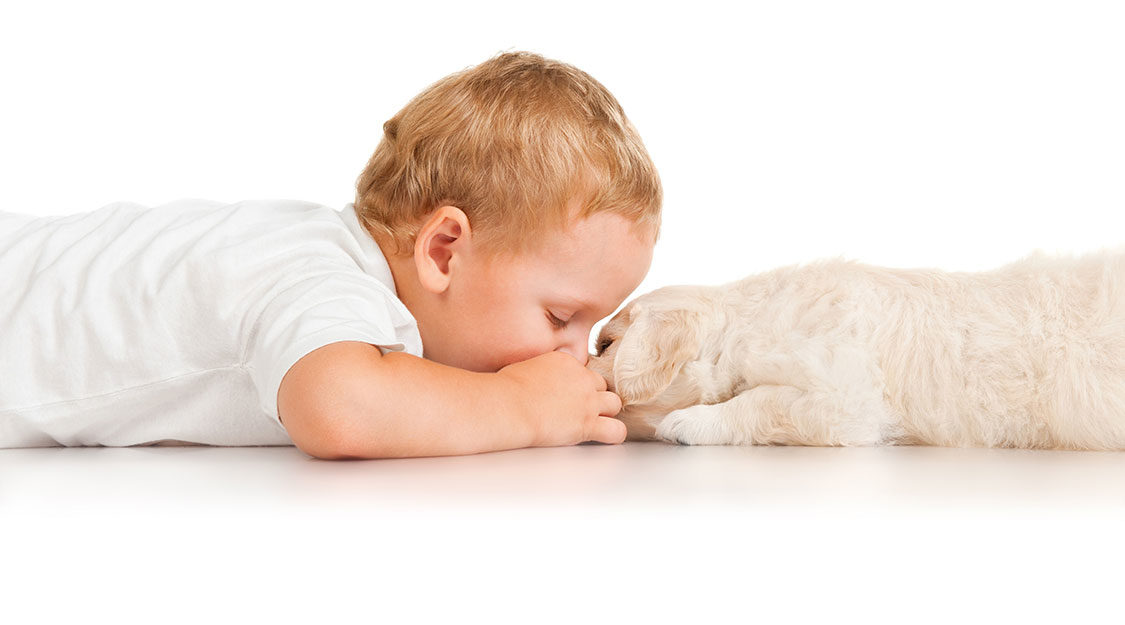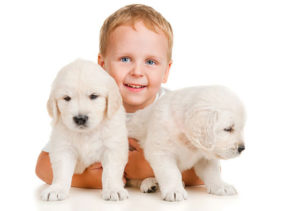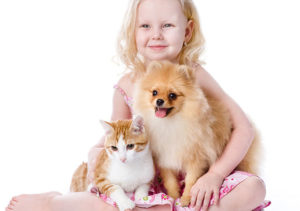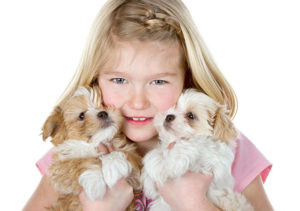How dogs teach our kids responsibility, sharing and communication – Part 5

Not only does the new addition of a puppy into the home make children happy, it also creates an unexpected learning center that can teach the kids care, tenderness, responsibility, and ironically – sharing.
I stress the word “ironically” because you probably feel that this would be the last result of adding a dog to a family. Would a dog be the spark to further ignite sibling rivalry? Would one child wind up with the dog’s ears while the other held onto the tail?
One fundamental element can help you cool off sibling rivalry and create a real sharing experience.
A dog is not a toy to be shared, but a coexisting being who expresses his personality and has a fill of his own. It is not easy to manipulate a dog. You have given the children something not just to play with, but to reckon with. You have taken the emphasis off each other and diverted their attention to the dog.
True story
I asked my friend Heather if I could use her story. She said yes but to change everyone’s name except the dog – “he’s the hero.”
Heather’s problem was not unusual.
After three sentences, a conversation would be broken. The two boys responsible (her kids were not even in the room with us. The constant interruptions came over an intercom that linked the kitchen to their bedroom. Heather’s two boys (age 2 and 3) were in constant competition with each other, classically called sibling rivalry.
Suddenly, there was a scream and crying.
Heather said, “Christopher, are you making Paul cry?” The polite answer came, “Yes, mother.” Heather, on the far edge of exasperation said, “Please don’t hit him. That’s your brother!”
One month later, there was a change.
Heather, reasonably free from interruptions, gave her answer, “We’ve got a dog. He was a stray. I said to him, ‘Look, Brown Dog, I give you a week. If you can take the kids, you can stay.’” Heather thought, God bless you dog, and introduced him into the children’s circle.
“Look, we gotta help this dog. He’s a stray and he needs us. Now Paul, you choose a place for him to sleep. Christopher, do you have an old shirt for him to sleep on? Let’s decide who can do what. Can you give some time to walk him? We’ll alternate, but Christopher, you can feed him tonight and at the same time show your brother how, so he can tomorrow? Now, what should I do – go buy him some food?”
Heather’s method worked
She took the boys by surprise. She gave them several things:
1. An honest approach – told them the problems they would have and exactly how to solve them. She made it their giving and their suggestions that made things right.
2. She diverted their attention. What had been riveted on each other in competition was now dispersed. Something else demanded their attention. They were too busy at first and too involved later.
3. The sibling rivalry cooled off and sharing developed because they had a go-between – the dog was the object of their giving and receiving but, in fact, they were learning to give and take from each other.




